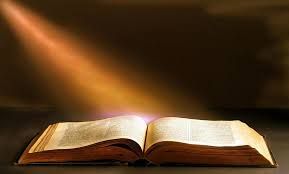
7th Sunday of Easter - Year C
The first reading ( Acts 7:55-60 ) is Luke’s ending of the story of Stephen the first martyr in his story of the beginning of Christianity. In chapter 6 he tells how the community of Christians in Jerusalem were. asked to choose seven helpers for the work of serving and extending the number of believers. Luke then tells of Stephen who was one of the seven chosen by the people and commissioned by the apostles. But it was not long before his preaching was opposed by some of the Jews accusing him of defaming holy Jewish leaders of the past etc. Stephen is tried and sentenced to death. Luke has him deliver a long speech and we listen to its ending in our reading. He fogives those opposed to him and Luke tells us that a young lad was guarding the clothes of those who stoned him to death – this was Saul better known later as Paul and by us as Saint Paul.
The second reading is extracts from the last chapter of the book of Revelations ( 22:12-20 ) omitting verses 15,18 and 19. The writer has described the Glorious Future – the fullfilment of God’s plan for creation with the imagery of a New Jerusalem. He uses ideas from the literature and hopes of the people of Israel found in what Christians call the Old Testament. The future will be a home for all nations like a New Jerusalem described here as a bride – it’s like a wedding feast that is coming soon (they thought). it finishes with the prayer preserved in the very language of the early Jewish followers – maranatha – which is used sometimes in Christian worship in our own time; it can mean “Come Lord!” or “the Lord has come.”
In John’s gospel, a number of chapters are used to express what Jesus would pray for to His Father while still in this world but leading up to his final moments. Some think that because the period leading up to what we call Easter differed in length depending on the lunar calendar, different passages of this long section provided the readings for the liturgy that they had at that time. Today ( 17:20-26 ) it culminates with a prayer expressing Jesus’ great desire for the unity of all followers; and this was a unity with each other, but brought about by the more important unity of believers within the very life of God, addressed by Jesus as Father. The characteristic of this unity can best be expressed as love.
Jeff Bagnall was a lecturer for many years at Craiglockhart College teaching RE to many future Catholic Primary teachers.